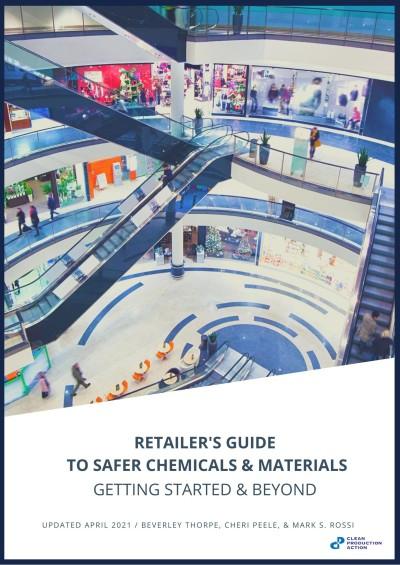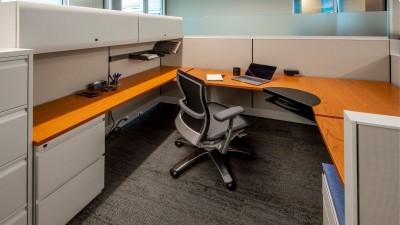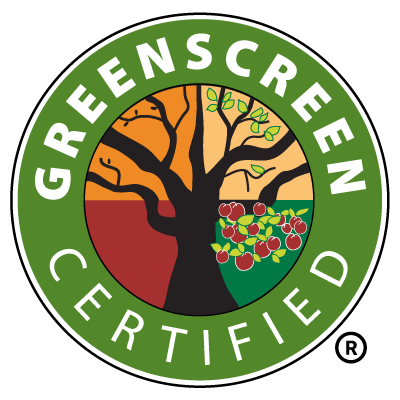Who are the ten disclosure leaders in chemical footprinting?
The public at large and investors in particular want businesses to be transparent about chemicals in products and supply chains, along with progress in reducing their chemical footprint. For example, The Sustainability Group at Loring, Wolcott… …










